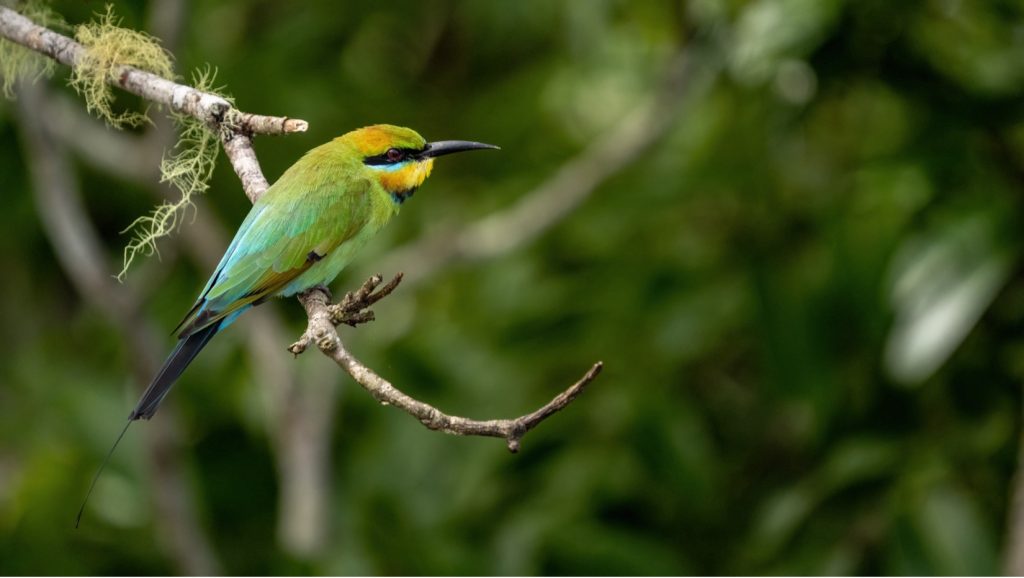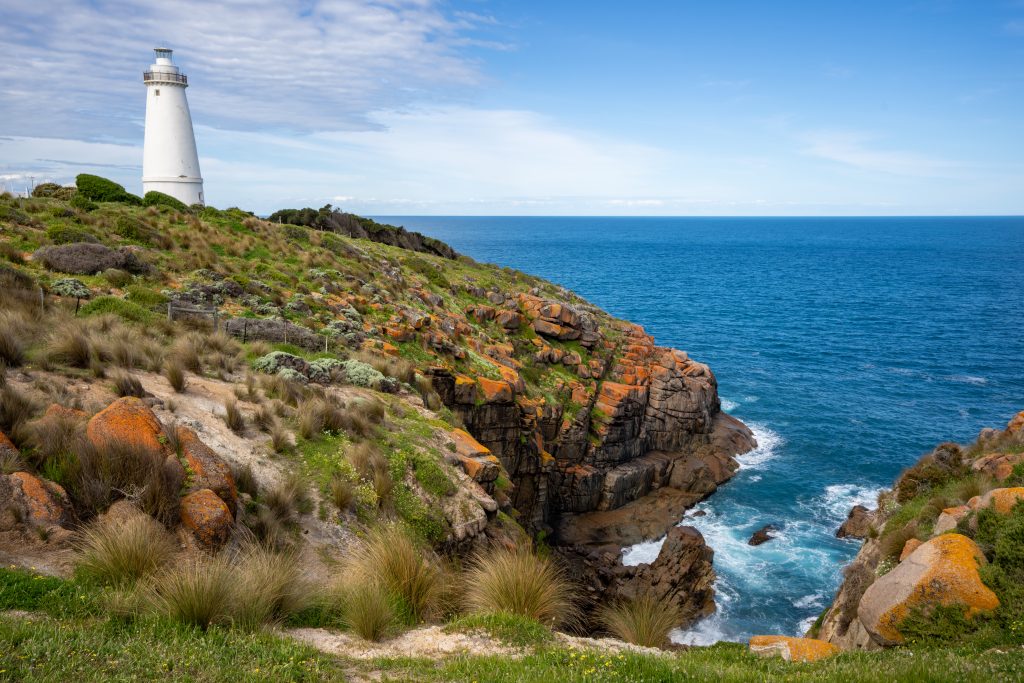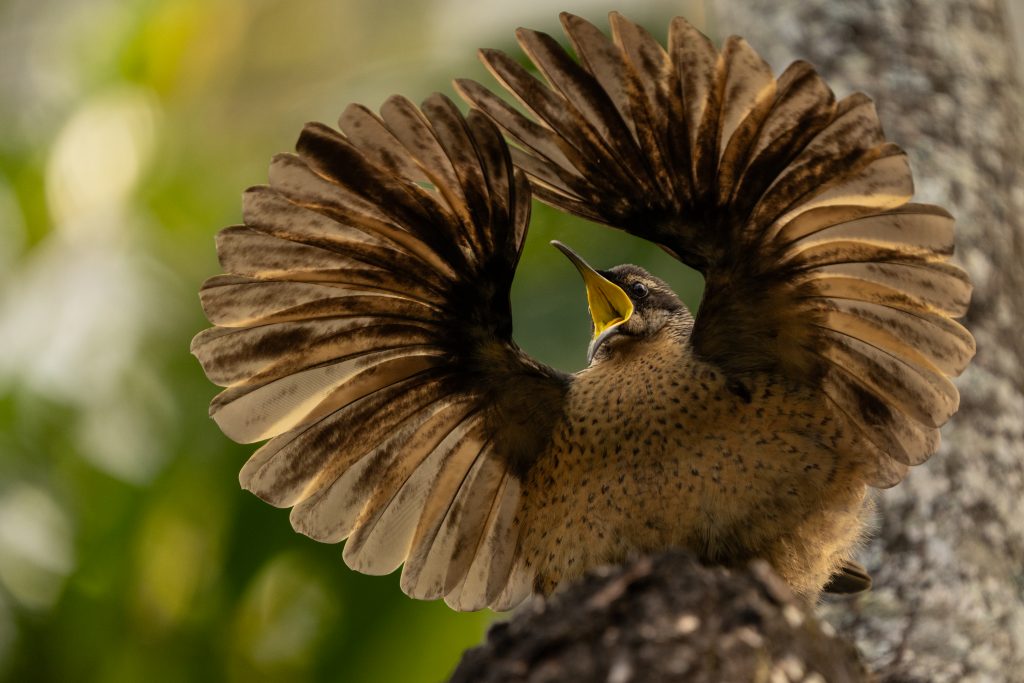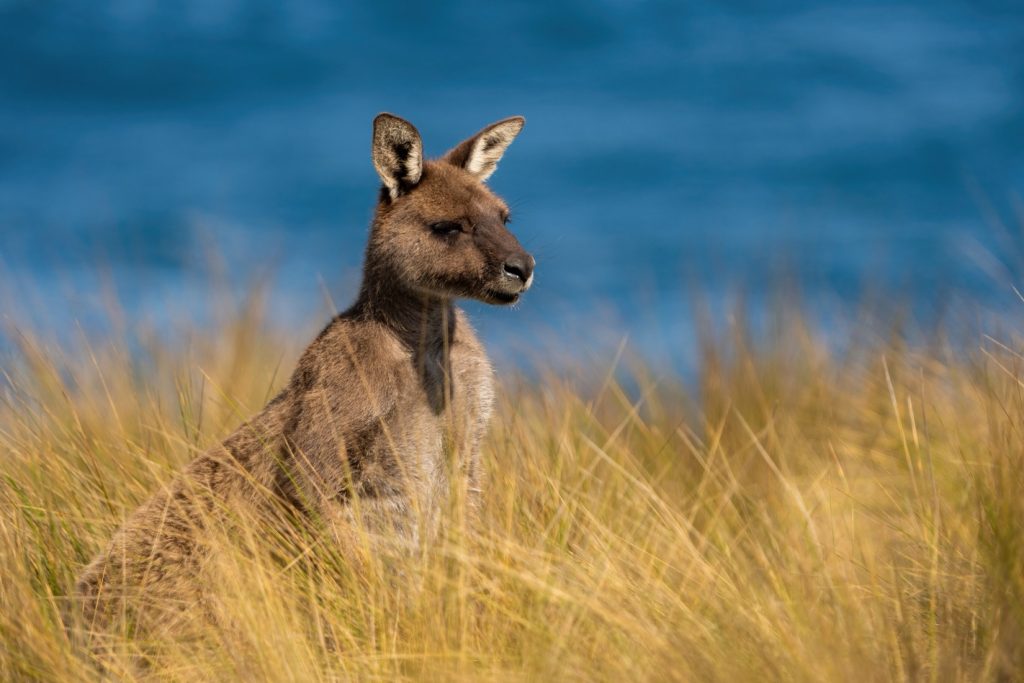
What’s in My Camera Bag: Australia
If you come back from the Land Down Under, what’s the first thing people are going to ask? “Did you see a kangaroo? A koala?” Few other places are known so well for their iconic wildlife and understandably so. Nearly 80% of Australia’s mammals, reptiles, and frogs, and almost half of its birds are found nowhere else in the world. That’s enough wildlife to make a grown photographer weep. You’ll want great photos of these famous animals to share when you get back home.
Wildlife aside, Australia is famous for the Outback, of course, but the world’s largest island boasts a vast diversity of locales, from rain forests older than the dinosaurs to snow-covered peaks. Can’t picture Crocodile Dundee in a puffy jacket, can you? Whether you’re headed exclusively to southern Australia, or plan on tackling the tropics all the way to Tasmania, you’ll need the right photographic gear to capture some of the world’s most unique wildlife and natural landscapes.

Zoom Telephoto
As a zoologist turned wildlife photographer, my zoom telephoto is my go-to lens. It’s the lens I always have on my camera…even if it prompts people to comment on the size of my gear. As a budding photographer, I was taught, “The biggest difference between landscape and wildlife photography is that landscapes don’t move.” Profound, I know, but it’s true. The mountains stay put; you’ve got time to change to a landscape lens. That bird, on the other hand, is about to take off; get the shot with the lens you have, or you’ll miss it. Consequently, I almost always keep my zoom telephoto on my camera.
So, for Australia, what size zoom telephoto am I talking about? I personally shoot with the Sony a1 mirrorless camera, and most of my wildlife images are made with the Sony FE 200-600mm f/5.6-6.3 G OSS Lens. The beauty of Australia is that a lot of the wildlife is quite approachable, so you won’t typically need a crazy big lens. If you have something in the range of a 100-400mm or 100-500mm, you’ll be happy with what you get.
Don’t have a big zoom telephoto? Fear not: You can always rent one for your trip through LensRentals.com.
General Wide-Angle Zoom
When the landscape’s a ‘bewdy,’ what lens should you change to? My personal favorite focal length is the 24-70mm. That range works wonders on Australia’s stunning coastlines, mountains, and forest waterfalls. Not too wide, not too zoomed in—the goldilocks of landscape lenses. Plus, it has the added benefit of being pretty good for other situations, like taking portraits of the non-photographers you dragged along.
You can also go wider with something like a 16-35mm lens, but I find only in a few circumstances (think lush rainforests, tall rocky coastlines, night skies) is the landscape in your face enough to warrant zooming way out.
I also know some people have a personal preference for ultra-wide and fisheye shots, so bring what best meets your photographic vision!

A Teleconverter
If you want to buy some gear but don’t want to break the bank, perhaps try a teleconverter (or “extender,” as Canon likes to call them). These act like attaching a magnifying glass between the camera body and the lens without all the duct tape. They typically come in two magnifications, 1.4x and 2x. Thankfully, the math is straightforward. A 2x teleconverter on a 100-500mm lens makes it a 200-1000mm lens. Crikey, that’s a lot of zoom power!
So, what’s the drawback? Well, you’re losing some image quality, i.e., your subjects won’t be as sharp as they normally are. Also, your maximum aperture will be reduced. For a 1.4x teleconverter, you lose one stop in aperture; a 2x is two stops.
For example, on a f5.6 lens, you’ll now only be able to adjust down to a f6.3 aperture with a 1.4x teleconverter attached. If you’ve got a 2x teleconverter, you’ll only get to f7.1. If this all sounds like gibberish, check out our article on aperture for a more in-depth explanation.
What do all these numbers mean for your photography? Well, you’ll have to brighten up your images by slowing the shutter speed or increasing the ISO accordingly. Also, the whole image will be more in focus, making it harder to isolate your subject with a beautifully blurred background (bokeh) like in the shot below.

If you still think the zoom power is worth the downsides, I recommend the 1.4x over the 2x. It’s the best ‘meet-in-the-middle’ for the advantages and disadvantages of a teleconverter. Before you go out and get one, confirm online or at your local camera store that it will fit with your lenses, as not all lenses are able to be attached to teleconverters (tricksy lens manufacturers).
A Tripod
The age-old question for a traveling photographer: Should I bring a tripod? With any gear you are debating packing, it’s important to start by asking what problem you are trying to solve. A tripod specifically does one thing: reduces camera movement, which leads to out-of-focus shots. Sometimes, that camera movement comes from trying to hold up a heavy camera/lens for too long or when taking a slower shutter speed shot, like with waterfalls or star-studded night skies.
There may be times when you’re waiting a while for the cockatoo to hop to the right branch or for the grazing kangaroo to lift its head. You’ll have to decide for yourself how long you can hold your camera gear up before getting too shaky. (Cue the 80s workout montage!)
Are you thinking about trying your hand at astrophotography? There are plenty of dark skies to be had in Australia, and it’s a lot of fun trying to capture the Southern Cross or Milky Way.
To properly shoot the southern hemisphere at night, you’ll want a tripod. With shutter speeds as slow as 15-30sec, it’s impossible to hold your camera still for that long. I know—I’ve tried. In a pinch, you can try propping up your camera with a bag or some rocks, but aiming your camera effectively and testing exposures will be quite frustrating, again speaking from experience.
To make the silky waterfall images you see in hotel lobbies and doctor’s offices, you’ll also need to slow down your shutter speed. Depending on how sunny it is, you could be shooting at 1/10 sec or as slow as 2 sec. A tripod will come in handy for sure.
As I am guiding and doing other things on a trip, I don’t really have the space or time to bring a tripod, so I will handhold the camera and take A TON of shots (digital film is cheap) and spend time looking to see if I managed to capture a sharp enough image. That’s what I did with a waterfall in Great Otway National Park in Victoria, pictured below. If the viewing area has a railing, propping yourself and the camera up against the rail works wonders for the number of images you’ll have to take to be successful.

Now, the biggest reason you wouldn’t want to bring along a tripod is that it takes up a lot of room in your luggage and some of the valuable weight you need on charter flights. A somewhat useful workaround is choosing to bring a monopod instead of a tripod. This will help with holding some of the load of a camera while shooting and has an added plus that it can double as a hiking pole (if you get a sturdy one). A monopod won’t work for night shots, but if you aren’t planning on staying up late partying with your camera, then no worries.
Batteries and Memory Cards
It goes without saying that you’ll want plenty of memory cards and some backup batteries. Australia is abundant with subjects to capture, so ample storage is a must to take all those photos home. An extra battery or two will typically be enough as you won’t encounter much cold weather that will reduce your battery’s charge.
Pro tip: If the outlet locations in your hotel room were chosen by a madman, put something you’re unlikely to leave the room without (think shoes or, hopefully, underwear) next to your charging battery so you remember to bring it with you the next day.
Also, if you’re traveling to Australia from another part of the world, don’t forget that you’ll need an adaptor to charge your camera and other devices as Australia’s outlets are shaped differently. For U.S. travelers, you’ll need the type I adaptor carried in the online Nat Hab Gear Store.

Australia is one of those places that sticks with you. The landscapes are just as vast and varied as they are in any other part of the world, and the wildlife is unique and captivating. You’ll have a lot of fun photographing this country and showing folks back home all the beautiful places and animals that make up the Land Down Under.
Good Photographing,

Mike Hillman
3 Comments

Nancy Wheatcroft
January 24, 2024 at 6:54 pm

William G Schoenleber III
January 25, 2024 at 6:23 am

Mike Hillman
February 5, 2024 at 1:30 pm
This is exciting. We will look forward to seeing more!
Very timely, departing soon. Re: the Australia South itinerary, what are the best dark sky stops to attempt Milky Way shots?
The best places on the Nat Hab itineraries include Lady Elliot Island, Flinders Range, & Cradle Mountain and Derwent Valley in Tasmania!